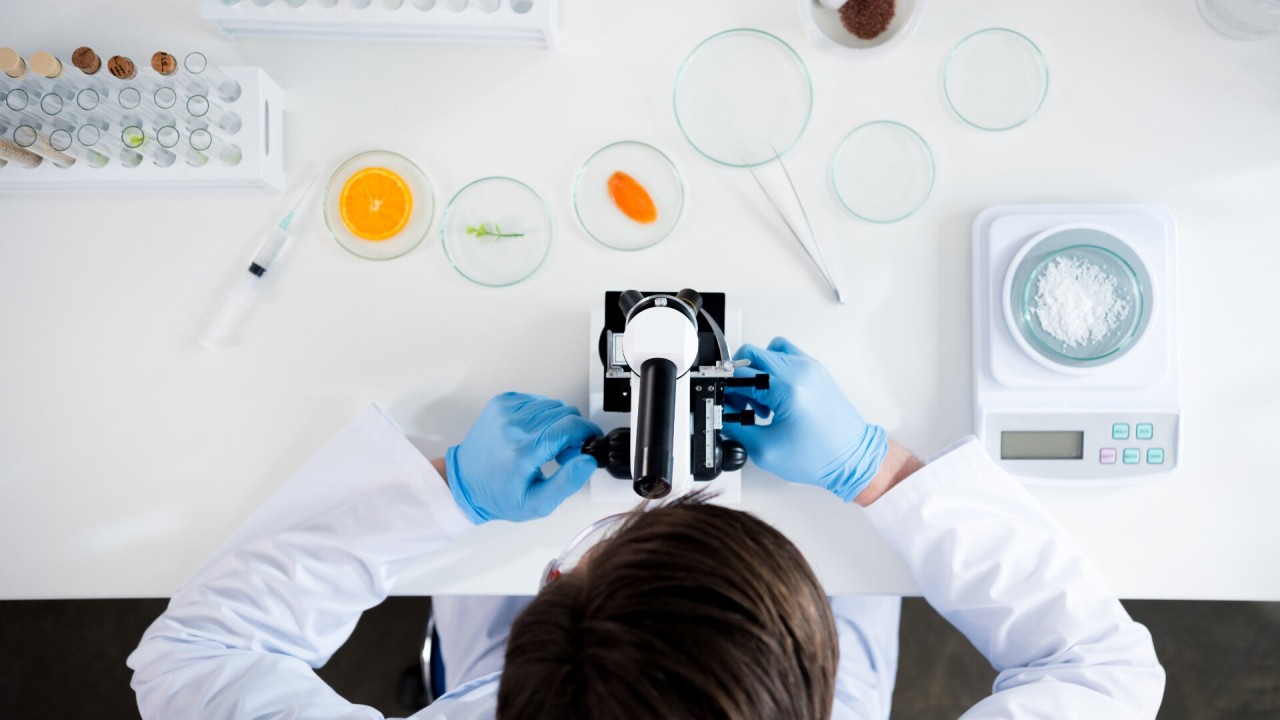
The pharmaceutical industry has embraced digital transformation as a strategic imperative. From Electronic Lab Notebooks (ELNs) and Laboratory Information Management Systems (LIMS) to IoT-enabled monitoring and AI-driven analytics, the digital toolbox available to pharma R&D and manufacturing is more sophisticated than ever.
The investment is enormous. Deloitte reports that over 60% of pharma executives rank digital transformation among their top three priorities (Deloitte Life Sciences Outlook 2023). Yet Accenture finds that 70% of digital initiatives in life sciences fail to deliver ROI (Accenture Life Sciences Outlook 2023).
Why does such a well-funded transformation struggle? The answer is rarely technology itself. The real barrier is change management—or rather, the lack of it.
Global pharma spends billions annually on digital initiatives. According to McKinsey, pharma and medtech companies allocate 7–10% of R&D budgets to digital tools—a figure expected to double by 2030 (McKinsey Digital Labs 2022).
Key drivers include:
Despite this spending, many tools remain underused—or abandoned entirely.
Pharma R&D staff often see new tools as an extra burden. A 2022 Nature survey found that over 50% of scientists felt new digital tools slowed down their workflow (Nature Biotech, 2022). Without clear benefits, adoption falters.
Case: A global pharma rolled out a new ELN across multiple sites. Scientists reverted to Excel, citing slow interfaces and poor usability. The project cost millions but achieved <30% usage.
There are hundreds of ELNs, LIMS, and lab automation tools. Without structured evaluation, decisions get political—favoring the loudest voice in the room rather than objective fit.
Case: A biotech evaluated four ELNs but chose the one favored by IT for “security.” Scientists found it clunky, adoption lagged, and within a year, the tool was replaced—wasting time and budget.
Pharma labs run dozens of disconnected systems—ERP, MES, LIMS, IoT monitoring, ELNs. Without integration, digital tools create silos instead of efficiencies. McKinsey estimates scientists spend up to 30% of their time searching for or duplicating data (McKinsey, 2022).
Case: A monitoring solution was installed on freezers, but without LIMS integration, scientists still logged samples manually. Adoption stalled; the “digital tool” became another step rather than a replacement.
The biggest culprit is the human factor. Projects are often IT-led, with little involvement of scientists or QA. Rollouts are mandated top-down, without communication of “what’s in it for me.”
Accenture reports that pharma firms with structured change management see 2x higher adoption rates and measurable ROI. Yet few treat change management with the same rigor as vendor selection or IT implementation.
Not all digital rollouts fail. When structured change management and adoption planning are built in, results can be transformative.
Case Example: Top-10 Pharma R&D Rollout
I supported a global pharma company deploying a lab scheduling and monitoring solution. Past initiatives had failed (<40% usage). This time, we:
Result: within 6 months, >70% adoption, smoother audits, and ~15% faster experiment throughput. Scientists, for the first time, advocated for the tool.
From my experience scaling Clustermarket to 2,000 labs and advising OEMs, I see five pillars of success:
1. Involve End Users Early
2. Structured Vendor Selection
3. Integration First
4. Change Management as Core, Not Extra
5. Track Adoption Metrics
Pharma companies don’t fail at digital because the tools are bad. They fail because people aren’t brought along. Scientists want to focus on science, not extra admin. When digital tools save time, reduce audit stress, and integrate seamlessly, adoption soars.
Great success in delivering projects and partnerships.

